 Since Dave was having minor surgery, we took our Christmas tree down on the 3rd of this year, which is early for us. Dave’s birthday is on the 5th, so his family left the decorations up through his birthday. When we got married, I adopted this tradition. And when our son came along on January 6th, we extended it another day to Epiphany. But when I was growing up, we always put the decorations away on New Year’s Day. I suspect this was partly because my mother was a schoolteacher and had to return to work the following day.
Since Dave was having minor surgery, we took our Christmas tree down on the 3rd of this year, which is early for us. Dave’s birthday is on the 5th, so his family left the decorations up through his birthday. When we got married, I adopted this tradition. And when our son came along on January 6th, we extended it another day to Epiphany. But when I was growing up, we always put the decorations away on New Year’s Day. I suspect this was partly because my mother was a schoolteacher and had to return to work the following day.
Just as different families have varying traditions, different religions, and cultures have different traditions. Bavaria, Germany, where we lived for 4 ½ years, is predominantly Catholic. The Weihnachtsbaum, or Christmas tree, remains decorated until Candlemas at the beginning of February. And though we enjoyed the one on the main Platz in front of our house, we took ours down on January 6th, as usual.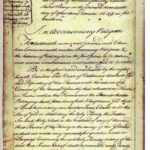
The area around us here in Maryland claims to be the birthplace of religious tolerance in America. The signs are everywhere, but nowhere more so than along the 189-mile Freedom of Religion Byway running through lower Maryland. When settlers immigrated to the colony, they brought their beliefs and traditions with them. And I’ve been learning more about their impact on the rights and freedoms we enjoy today.
 In 1632, King Charles I granted land to George Calvert, Lord Baltimore, to establish the colony he named Maryland in honor of the Queen Consort, Henrietta Maria. Unfortunately, Calvert died shortly afterward. His son, Cecil Calvert, 2nd Lord Baltimore, sought to establish a safe place for Roman Catholics to practice their faith. And in March 1634, a hand-selected group of Catholics and Protestants arrived aboard the Ark and the Dove.
In 1632, King Charles I granted land to George Calvert, Lord Baltimore, to establish the colony he named Maryland in honor of the Queen Consort, Henrietta Maria. Unfortunately, Calvert died shortly afterward. His son, Cecil Calvert, 2nd Lord Baltimore, sought to establish a safe place for Roman Catholics to practice their faith. And in March 1634, a hand-selected group of Catholics and Protestants arrived aboard the Ark and the Dove.
Cecil believed he had achieved his vision and founded a refuge where people of different beliefs could coexist in peace. Those early arrivals must have believed in something truly remarkable to leave their lives, their known world, behind and take that leap of faith. In April 1649, they passed the Maryland Toleration Act granting freedom of worship to all Christians, Trinitarian Christians in particular. They considered their work done. And they proudly proclaimed:
…no person or persons… professing to believe in Jesus Christ, shall from henceforth be anyways troubled, molested or discountenanced for or in respect of his or her religion nor in the free exercise thereof within this Province…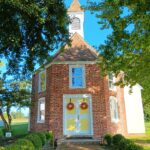
However, settlers who denied the Trinity, or the divinity of Jesus Christ, could be punished by execution or have their lands seized. Jews, Unitarians, and other dissenters risked their lives. The law was used at least once. A Jew named Jacob Lumbrozo was accused in 1658 of claiming, “Jesus was not the son of God.” And that “the miracles described in the New Testament were conjuring tricks.” Jacob was held for trial, but the case was later dismissed.
In 1654, four years before his arrest, the Act had been repealed. Following the execution of King Charles I and the outbreak of the English Civil War, the colony was taken over by Protestants who passed a new version of the law banning Catholics from publicly practicing their religion. Over the next hundred years, acts were established and repealed at the whim of whoever was in charge at the time. It wasn’t until the era of the American Revolution that freedom of religion was again recognized and finally provided for in the First Amendment to the Constitution of the United States. And it wasn’t until the modern day that Maryland welcomed true religious tolerance, welcoming diverse faiths. Today, there are significant populations of Jews, Muslims, Hindus, Buddhists, and other affiliations.
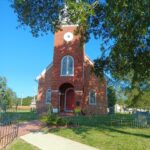 There is much to see along the Religious Freedom Byway, and Dave and I have barely scratched the surface. The Byway is divided into three loops, beginning in Port Tobacco, a Potapoco native Indian village where Jesuit Father Andrew White established a missionary outpost. The courthouse still stands, as well as an 1872 one-room schoolhouse. Moving westward is Christ Church, established in 1692. The current building was built in 1730. Further along, is the Mt. Carmel Monastery, the first religious community for women in America established in 1790. Also along this route are the homes of Revolutionary War hero General William Smallwood and Thomas Stone, signer of the Declaration of Independence.
There is much to see along the Religious Freedom Byway, and Dave and I have barely scratched the surface. The Byway is divided into three loops, beginning in Port Tobacco, a Potapoco native Indian village where Jesuit Father Andrew White established a missionary outpost. The courthouse still stands, as well as an 1872 one-room schoolhouse. Moving westward is Christ Church, established in 1692. The current building was built in 1730. Further along, is the Mt. Carmel Monastery, the first religious community for women in America established in 1790. Also along this route are the homes of Revolutionary War hero General William Smallwood and Thomas Stone, signer of the Declaration of Independence.
Highlights along the Chaptico Loop include St. Ignatius, the oldest continuously serving Catholic parish in the country, established by Jesuits in 1641. Nearby St. Thomas Manor is the oldest Jesuit residence in the world. Christ Episcopal Church in Chaptico was built in 1736 on land donated by the grandfather of Francis Scott Key. And on St. Clement’s Island stands a 40-foot cross celebrating where Father White held the first Roman Catholic Mass in the colonies.
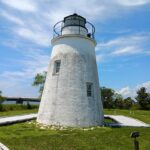 On the Point Lookout Loop, highlights include the Old Jail in Leonardtown and St. George’s Episcopal Church, which has been holding services since 1638 and is the oldest Episcopal parish in the state. Don’t miss Piney Point, the oldest lighthouse on the Potomac, as you head to St. Mary’s City, which served as the capital of Maryland from 1634 to 1695. There is much to see there, and it should be covered in a post of its own.
On the Point Lookout Loop, highlights include the Old Jail in Leonardtown and St. George’s Episcopal Church, which has been holding services since 1638 and is the oldest Episcopal parish in the state. Don’t miss Piney Point, the oldest lighthouse on the Potomac, as you head to St. Mary’s City, which served as the capital of Maryland from 1634 to 1695. There is much to see there, and it should be covered in a post of its own.
This list consists primarily of religious sites, as those freedoms were what I was thinking about as I took down the decorations. There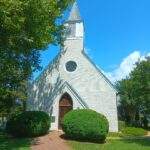 is so much more to the local history for me to explore.
is so much more to the local history for me to explore.
Do you put up decorations? If so, do you traditionally take them down by a particular time?
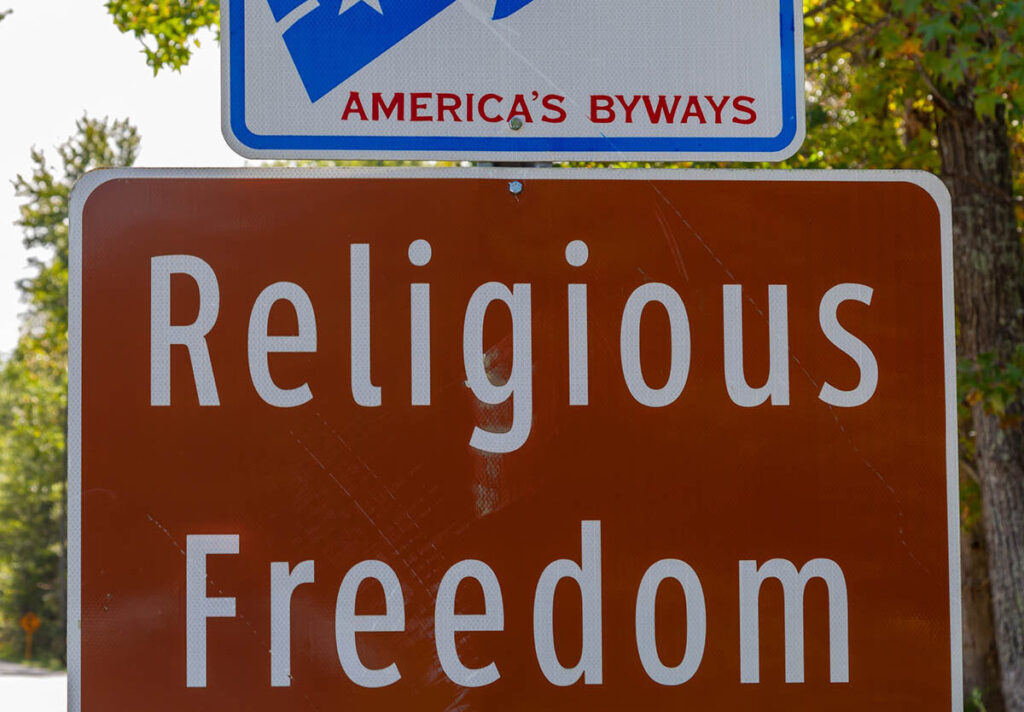
As always a great, well researched article. Thanks for the education!
You’re very welcome!